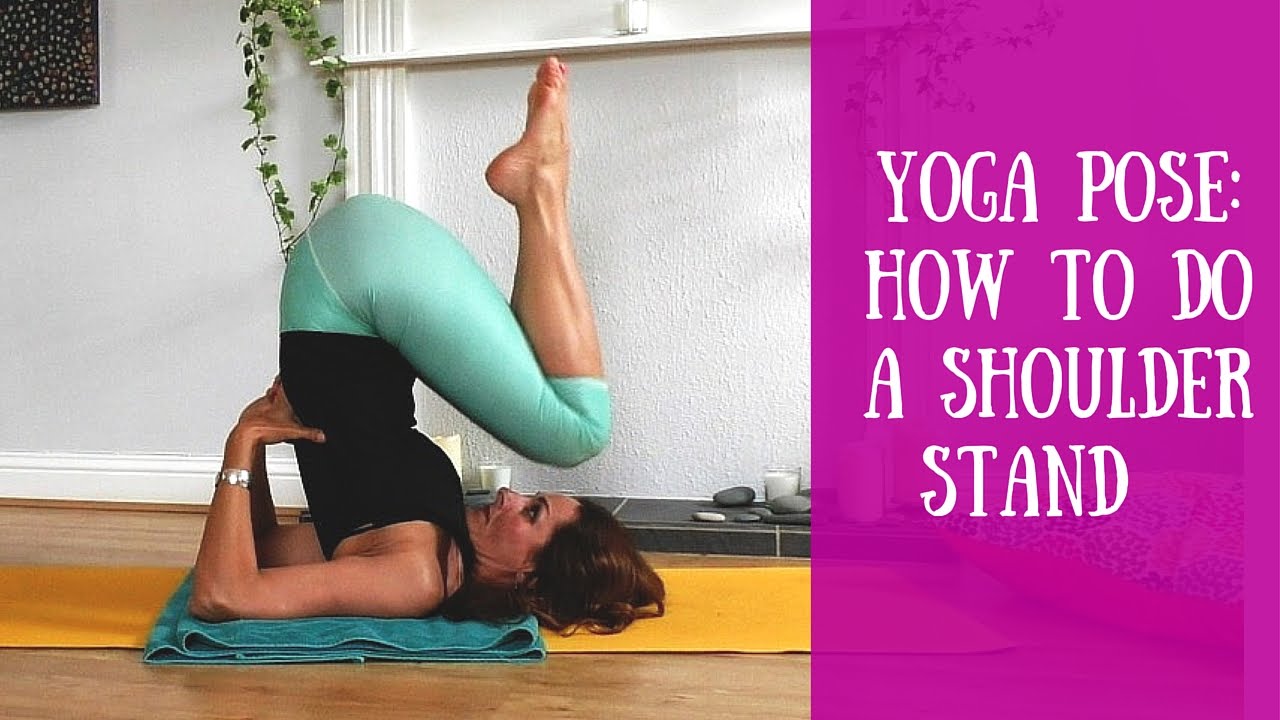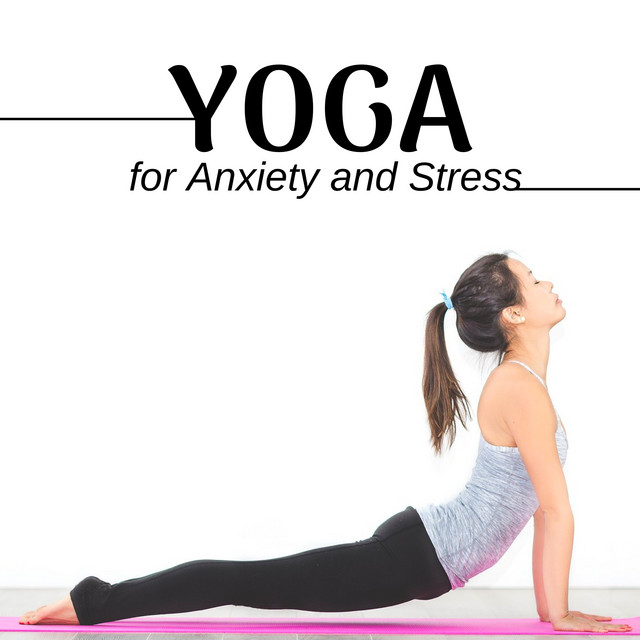
Yoga is a popular form of pain relief that has been discovered by many people around the world. Yoga is extremely adaptable and can be done by anyone regardless of fitness level. Yoga is more than a stretching and strengthening exercise. It's also a spiritual practice. In India, yoga was originally used to treat physical ailments, including knee, back, and neck pain. Yoga may be an option depending on your level of pain.
Yoga for pain relief helps the body to balance itself. This helps people who suffer from chronic pain manage it better. The exercises reduce inflammation, reduce pain perception, and increase mobility. Before you start a program of yoga, it is important that you consult your health care provider to find out about any restrictions. This will help you create a routine that is most beneficial for you and your personal needs. Yoga exercises can also teach you about mindfulness.

The headache is the number one problem for women. These can result from hormone imbalances or stress. The holistic approach to yoga can help relieve the pain and reduce the number of headaches. Also, headaches are often caused by pain in the neck. Practicing yoga in this area can help alleviate the neck pain. A good instructor in yoga can help you find the best postures to suit your needs.
Most people associate yoga with relaxation and stretching. But, yoga can be helpful for those suffering from chronic pain. Regular yoga practice can help improve your quality of living and decrease pain. Although this exercise may not be a solution for all situations, it can help improve your overall health and well-being. Yoga for pain relief is a great option, so it's worth considering taking a few classes.
If you are searching for holistic treatments for pain, there are many options. The best techniques will allow you to control your breath. Visualization is another technique that can be used to help with pain. This powerful technique can help you concentrate on the discomfort and release tension. Visualization can offer great relief for your mind and body.

You should choose a yoga class that suits your needs. Some yoga classes can be slow and easy, while others may require you to do more complex poses. To find the right type of yoga for you, consult a professional. When it comes to back pain, you'll want to find a class that is gentle and suitable for you. Most classes will help strengthen your back muscles and prevent you from getting hurt.
FAQ
How many calories should I eat daily?
The exact amount varies depending on the person. An average person needs 2000-2500 calories per day. The factors that determine how many calories are needed for you include your gender, age, height, activity level, lifestyle, and gender.
Can I go to the gym seven days a week?
Yes, you can go to the gym seven days a week but not all at once. You must find a time you can do it without feeling exhausted and depleted.
This will help you remain motivated and have more energy to do other activities.
You should also ensure that your meals are well-balanced. This will ensure that you aren't tired and slow when you go to the gym.
You must ensure that you don't have any other competing demands on your time. You might want to avoid working out on school nights if you have kids. They can distract you from your exercise routine.
What dietary supplement is best for weight loss?
It is important to exercise and eat right in order to lose weight. Some people find that supplements can help them along the journey.
Studies have shown that omega-3 fatty acid may be beneficial in weight loss. Omega-3s, essential fats, are critical for brain function and cell membrane health. They're found in seafood like salmon, tuna, shrimp, and cod liver oil.
Another study suggests that green-tea might help with weight loss. Green tea has catechins, which are antioxidants that can help increase metabolic rate and encourage weight reduction.
Do I need to exercise every day?
No! At least 30 minutes moderate-intensity exercise five days per week is a good goal. That could mean walking fast enough for you to get slightly out of breath and biking hard enough for you to sweat.
What does the milk do for men
Think about other uses for milk next time you purchase it. It may be a good idea to reduce your coffee intake.
Milk has been proven to be beneficial to both children and adults alike. Children get nutrients like vitamin D, calcium and potassium from milk.
It is also good for digestion and bone strength. Adults who consume dairy products tend to have fewer illnesses and better immune systems.
Also, milk is rich in lactose so people who can't digest this sugar well can still reap the benefits of it without any stomach issues.
Instead of drinking soda or juice, drink more milk. You can strengthen your teeth with the extra calcium and vitaminD found in milk.
You can make yogurt with plain low-fat milk if you don't love the taste of milk. Yogurt is a great alternative to milk since it is lower in calories and higher in protein.
Probiotics are also found in yogurt, which help with digestion and boost immunity.
Try warm milk to help you fall asleep. Warm milk relaxes muscles and increases serotonin levels, helping you get a good night's rest.
Does Weightlifting Burn Fat Faster?
Although weight lifting can help you lose fat more quickly, it is best to combine it with cardio exercises.
You should do weightlifting after your cardio workouts to maximize its benefits.
If done correctly weightlifting can raise your heart rate, oxygen consumption and help you lose weight.
You will not notice any changes in your body composition if you don’t combine it and cardio.
Statistics
- The PRS enabled risk stratification for overall prostate cancer and lethal disease with a four-fold difference between men in the highest and lowest quartiles (HR, 4.32; 95% confidence interval [CI], 3.16-5.89). (pubmed.ncbi.nlm.nih.gov)
- Cardmembers earn 5% Back at Amazon.com with a Prime Credit Card. (amazon.com)
- 10 pounds in a month is likely during a lean bulking phase, especially for beginners. (muscleandstrength.com)
- By John Thompson Take a whopping 38% off a set of PowerBlock Pros. (menshealth.com)
- An estimated calorie range for moderately active adult males falls between 2,200 to 2,800 calories per day, depending on age. (eatright.org)
External Links
How To
How can I burn fat and exercise?
Exercise reduces calories by increasing metabolism, and oxygen consumption.
Exercise at a moderate intensity to safely lose weight.
These tips can help you to burn fat while training:
-
Cardio exercises include walking, running, swimming, cycling, running and jogging.
-
For 30 minutes, do it three times a week.
-
You can lose weight by adding strength training to the routine.
-
Avoid intense exercise. It's possible to build muscle, but not lose it.
-
Drink plenty of water during exercise. Water flushes out toxins, and keeps your body properly hydrated.
-
Choose low-fat protein shakes after working out. Protein shakes boost energy and repair muscle tissue.
-
Smaller meals are better for you.
-
Don't skip breakfast! Skipping breakfast can leave you feeling tired and sluggish.
-
Take care of your mind. Stressful situations may slow down your metabolism.
-
Keep a positive attitude. Studies show that people who believe they are overweight gain more weight then those who think they are attractive.
-
Get enough sleep. Insufficient sleep can make it more difficult to lose weight.
-
Stay active. Keep moving every hour.
-
Maintain a healthy diet. You will feel fuller longer if you eat right.
-
Find ways to relax. Relaxing doesn't mean your body releases stress hormones which cause muscle tissue to be destroyed.
A balanced diet contains all necessary nutrients for growth and development.
Six small meals per day is better than three large meals. This allows your body time to digest what you've eaten.
To maintain strong bones, you need to consume 500 mg of calcium each day. Calcium is found in dairy products like yogurt, fortified milk beverages, orange juices, cereals and bread.
Calcium comes from leafy green vegetables, beans, tofu, nuts, seeds, and cheese.
Vitamin D is required by the body to absorb calcium. It's found in fatty fish, egg yolk, and some fortified foods.
Vitamin E is essential for skin health. It can be found as a vegetable oil, wheat germ, peanuts or almonds.
Zinc is essential for healthy immunity and wound healing. Zinc is found in oysters, legumes, meats, whole grains, and seafood.
Zinc deficiency can cause fatigue and loss of appetite. It can also lead to depression and impaired immunity.
Sugar intake can lead to insulin resistance which causes blood glucose levels to rise. Insulin resistance can lead to weight gain.
When there is a high level of free radicals, insulin resistance can develop. Free radicals are molecules containing unpaired electrons which cause damage to cells membranes.
Food additives, pesticides and herbicides, as well as preservatives, smoking and radiation are all sources of free radicals.
Free radicals can lead to cancer and heart disease, diabetes mellitus, arthritis, asthma, and premature aging.
A well-balanced diet rich in antioxidants is the best way for you to avoid free radical damage. Antioxidants protect against oxidative damage.
Vitamin C (found on citrus fruits), Beta carotene, found in carrots and sweet potatoes, spinach and broccoli, cantaloupe (found in tomatoes, mangoes and peppers), and Vitamin E (found nuts, olive oil and avocados).
Selenium, copper and manganese are all antioxidant nutrients.
Selenium protects cells from free radical damage. Selenium is also found in Brazil nuts.
Copper protects the brain and eyes as well as the lungs and red blood cells. Copper can be found in meat, shellfish, meat, and organ meats.
Manganese plays an important role in bone structure. Manganese can be found in brown rice and spinach as well as bananas, prunes raisins, oatmeal, lentils, and oatmeal.
Zinc is important for healthy growth, reproduction, and wound-healing. Zn can also be found in white fish, lean cuts of meat, poultry, and eggs.